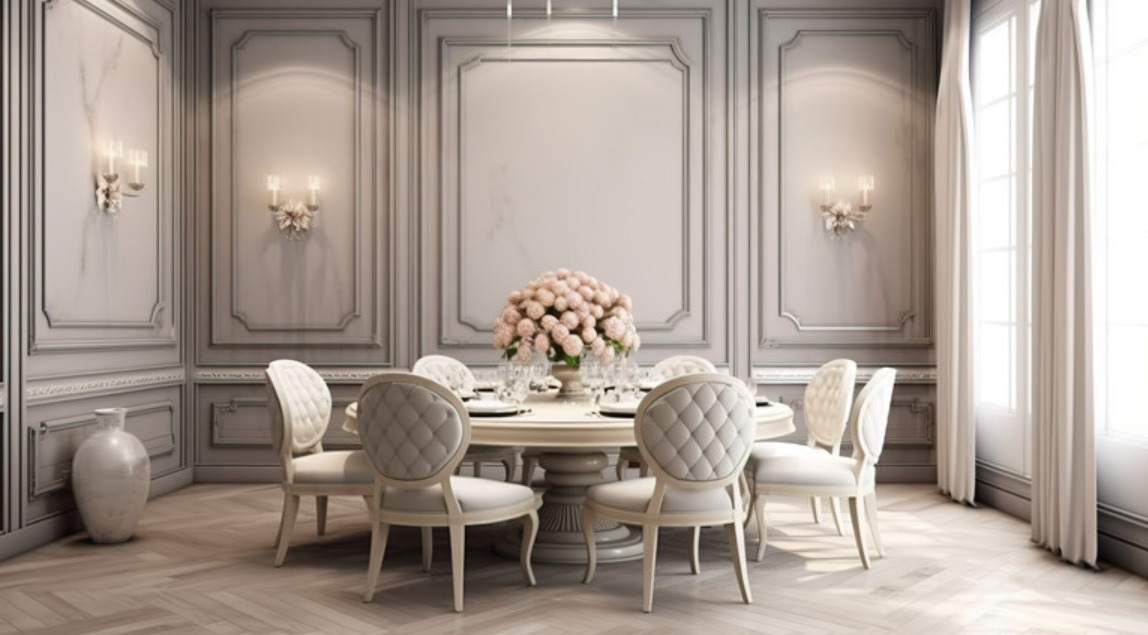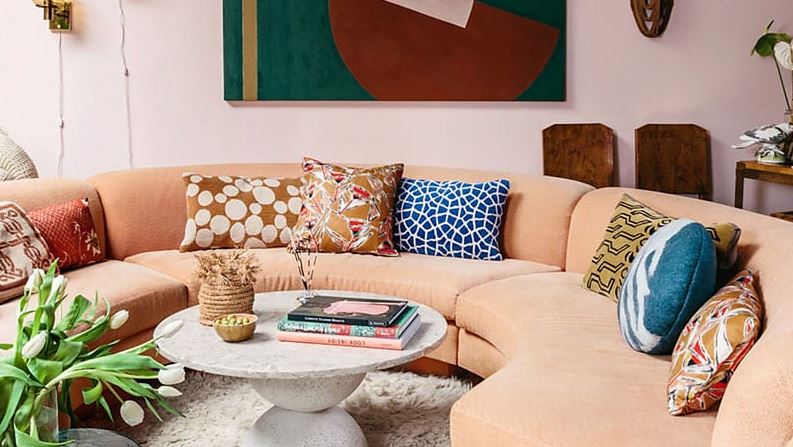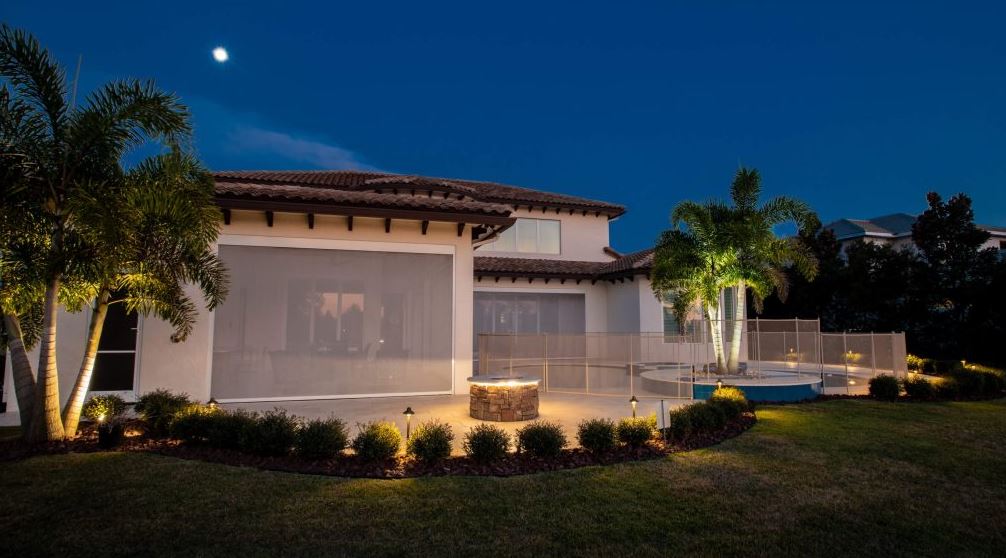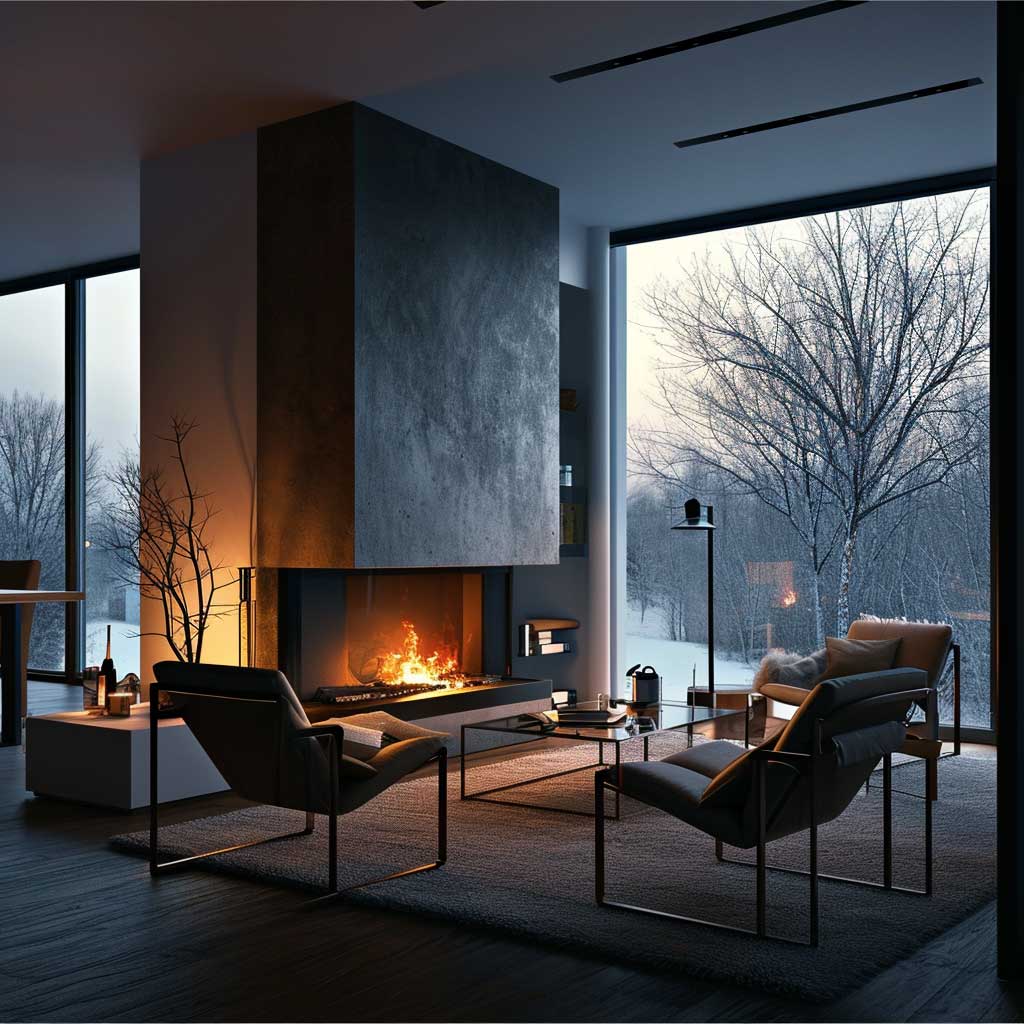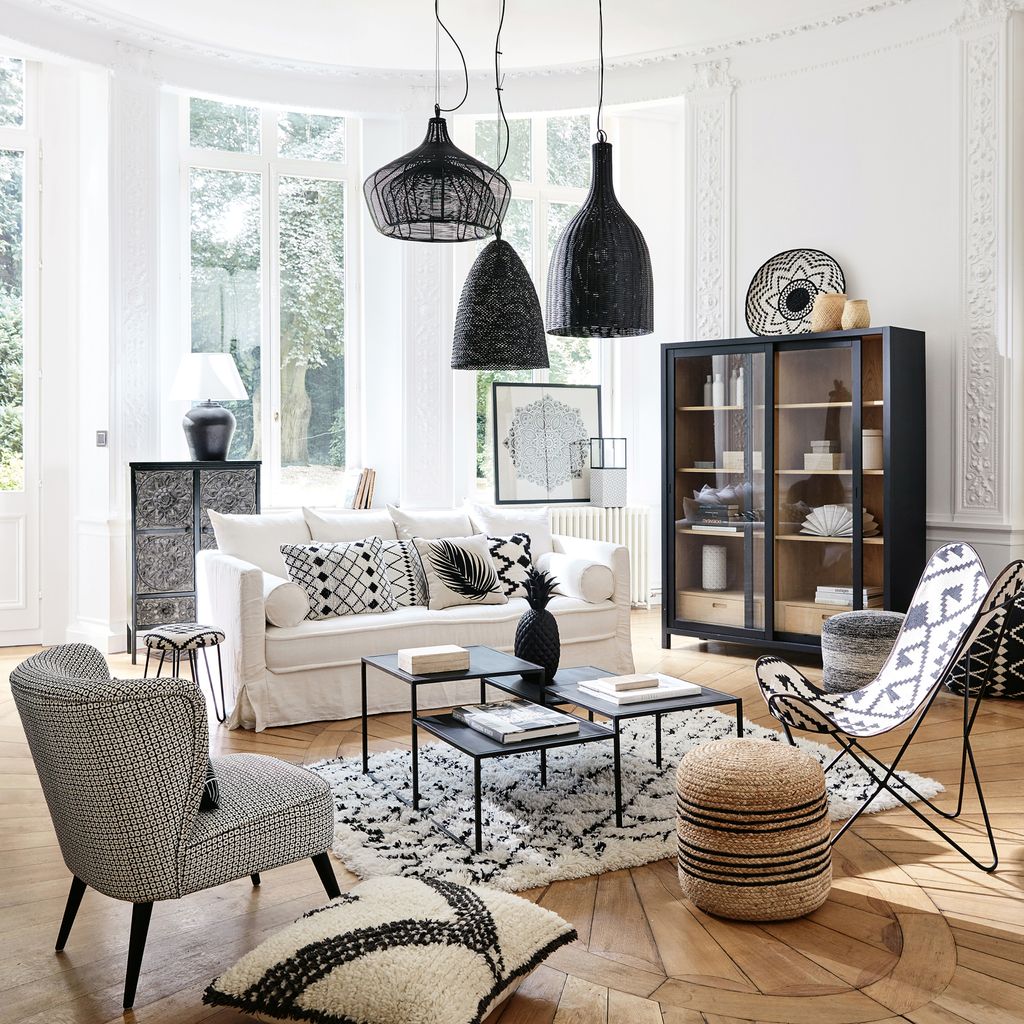Privacy glass is more than just a window; it’s a statement about security, style, and control. From homes to offices, it’s transforming how we think about space and how we use it. Whether you’re after a bit more peace or want to enhance the look of your property, this overview will explore everything from the various types and their applications to the latest trends in privacy glass technology.
This comprehensive guide explores the different types of privacy glass, including their unique properties, applications, and the manufacturing processes involved. We’ll also cover the benefits and drawbacks of each type, alongside the cost implications. Finally, we’ll touch on future trends and installation considerations, offering a complete picture of this fascinating material.
Overview of Privacy Glass
Privacy glass, also known as frosted glass or decorative glass, is a type of glass designed to provide visual privacy without completely obstructing light. Its primary function is to diffuse or obscure views, making it a popular choice for applications requiring both light transmission and visual seclusion. This versatility makes it suitable for a wide range of residential and commercial settings.Privacy glass achieves its effect through various techniques, from specialized coatings to patterned designs.
These techniques create a visual barrier while allowing light to pass through, maintaining a comfortable and well-lit environment. Different types of privacy glass cater to specific needs and aesthetics, offering varying levels of privacy and light transmission.
Types of Privacy Glass
Privacy glass comes in diverse forms, each with its own characteristics. Common types include etched, frosted, and coated glass. Etched glass involves creating patterns or designs on the glass surface, while frosted glass uses a process to create a hazy, diffused appearance. Coated glass, on the other hand, utilizes specialized films or coatings to achieve the desired level of privacy.
Manufacturing Processes
The manufacturing process of privacy glass varies depending on the chosen type. Etched glass typically involves acid etching to create patterns on the glass surface. Frosted glass uses a process that involves sandblasting or chemical etching to diffuse the light passing through the glass. Coated glass involves applying specific coatings to the glass surface, which often alter the way light interacts with the glass.
Each method affects the final appearance, level of privacy, and durability of the glass.
Privacy Glass Designs and Aesthetics
Privacy glass offers a variety of designs and aesthetics, allowing for customization to fit different architectural styles and preferences. Common patterns include swirls, stripes, and geometric shapes. The choice of pattern or design can significantly impact the overall aesthetic appeal of a space. Tints, ranging from subtle to dramatic, can be incorporated into the glass to further enhance its visual properties and add depth.
Examples of such designs might include decorative patterns that blend with the surrounding architecture or simple, subtle frosted textures to create a sense of tranquility.
Comparison of Privacy Glass Types
| Type | Light Transmission | Privacy Level | Cost | Applications |
|---|---|---|---|---|
| Etched Glass | High | Medium | Moderate | Residential windows, shower doors, and decorative partitions. |
| Frosted Glass | Medium | High | Moderate | Bathroom enclosures, office partitions, and interior doors. |
| Coated Glass | High | High | High | Commercial buildings, high-end residential projects, and areas requiring superior privacy. |
This table provides a comparative overview of different privacy glass types based on key characteristics, offering a clear understanding of their respective advantages and limitations.
Applications of Privacy Glass
Privacy glass, with its unique ability to balance visibility and seclusion, finds widespread application in both residential and commercial spaces. Its versatility extends beyond aesthetics, playing a crucial role in enhancing security and privacy across various architectural designs. From modern homes to high-rise offices, privacy glass is a valuable tool for shaping the environment and experience within these spaces.The key benefit of privacy glass lies in its ability to control light and visibility.
By using different types of films and coatings, architects and designers can achieve varying levels of privacy, from subtle to complete, depending on the specific needs of the project. This adaptability makes privacy glass a highly sought-after material for a diverse range of applications.
Residential Applications
Privacy glass is increasingly popular in residential settings, providing a balance between openness and seclusion. Its use in interior walls, sliding doors, and even windows creates a sense of intimacy while maintaining natural light. In master bedrooms, for instance, privacy glass can create a private sanctuary without sacrificing natural light. In shared spaces like kitchens and bathrooms, privacy glass ensures a sense of privacy without impeding the flow of light and air.
Many homeowners are opting for privacy glass in sunrooms or screened-in porches, to control both privacy and light levels.
Commercial Applications
In commercial settings, privacy glass plays a vital role in maintaining confidentiality and security. It’s often used in boardrooms, executive offices, and conference rooms, providing visual seclusion for sensitive discussions. In retail environments, privacy glass can be used behind cashier counters or in fitting rooms, enhancing customer privacy and promoting a positive shopping experience. Furthermore, privacy glass is useful in medical offices, ensuring patient privacy during consultations.
High-traffic areas like lobbies can benefit from privacy glass partitions to create separate zones without compromising accessibility.
Architectural Designs
Privacy glass can significantly impact the aesthetic appeal of a building. Its various tints and finishes allow for integration into diverse architectural styles, from modern minimalist designs to more ornate and traditional aesthetics. The choice of glass can subtly alter the overall atmosphere, influencing how light interacts with the space. For example, frosted privacy glass can add a touch of elegance and sophistication, while tinted privacy glass can create a sense of calm and tranquility.
The incorporation of privacy glass into architectural designs is not just about function but also about creating visually appealing and comfortable environments.
Security and Privacy Enhancement
Privacy glass plays a crucial role in enhancing both security and privacy. Its ability to restrict visibility significantly reduces the risk of unwanted intrusion and helps to maintain the privacy of occupants. In high-security environments like government buildings or financial institutions, privacy glass acts as an added layer of security, preventing unauthorized viewing. Moreover, in multi-unit residential buildings, privacy glass can enhance the security of individual apartments or units by limiting visibility from common areas.
Privacy glass can be a significant factor in creating a safer and more secure environment.
Specific Examples of Implementation
Privacy glass has been used effectively in numerous building projects. In a modern office building, privacy glass partitions were installed in the open-plan workspace to create designated zones for different departments. This arrangement facilitated privacy and improved the productivity of the staff. In a residential development, privacy glass was integrated into the design of the master suites to provide a private and secluded atmosphere for residents.
Advantages and Disadvantages of Privacy Glass
| Application | Advantages | Disadvantages |
|---|---|---|
| Residential | Enhanced privacy, light control, aesthetic appeal | Potential for reduced natural light, increased cost compared to standard glass |
| Commercial | Increased confidentiality, security, improved aesthetics | Potential for reduced natural light, potential for glare, increased cost compared to standard glass |
| Architectural | Aesthetic versatility, integration into diverse styles, light control | Potential for reduced natural light, potential for glare, increased cost compared to standard glass |
Properties and Performance
Privacy glass isn’t just about aesthetics; its performance characteristics significantly impact its suitability for various applications. Understanding its optical properties, durability, and energy efficiency is crucial for making informed choices. This section delves into the key performance aspects of different privacy glass types.The optical properties of privacy glass are designed to control light transmission and reflection, creating the desired level of privacy.
These properties vary based on the specific manufacturing process and the type of coating used. This allows for tailored performance in different environments and applications.
Optical Properties
Privacy glass achieves its effect through controlled light manipulation. Light transmission is often reduced compared to standard glass, while light reflection can be strategically incorporated to create a visual barrier. This carefully managed interplay of light transmission and reflection is what provides the desired level of privacy. Different types of privacy glass achieve this through diverse techniques, resulting in varying degrees of opacity and visual clarity.
Durability and Safety
The durability of privacy glass is crucial for its longevity in different environments. Laminated privacy glass, for instance, combines two or more layers of glass with a strong interlayer, enhancing its resistance to breakage. This added layer significantly improves safety by containing fragments in the event of impact, a critical consideration in high-traffic areas. Tempered privacy glass undergoes a special heat treatment, making it considerably more resistant to impact and stress than standard glass, making it a preferred choice for applications demanding superior safety.
Energy Efficiency
Privacy glass can contribute to energy efficiency in buildings. By controlling heat transmission, it can help maintain a comfortable indoor temperature, reducing the need for excessive heating or cooling. The insulation properties of laminated privacy glass, with its interlayer, are often superior to standard glass, reducing heat transfer between the interior and exterior. This translates to lower energy consumption and reduced utility bills.
Environmental Performance Comparison
Different privacy glass types exhibit varying performance under different environmental conditions. For example, laminated privacy glass is often more resistant to extreme temperature fluctuations than other types, making it suitable for regions with significant temperature swings. Tempered privacy glass, with its enhanced impact resistance, is a better choice for high-risk environments, such as areas prone to vandalism or severe weather.
Selecting the appropriate type of privacy glass is critical for optimal performance in a given environment.
Privacy Levels Comparison
| Privacy Glass Type | Privacy Level (1-5, 5 being highest) | Light Transmission (%) | Reflection (%) |
|---|---|---|---|
| Laminated Privacy Glass | 3-5 | 20-40 | 10-20 |
| Stained/Frosted Privacy Glass | 2-4 | 5-30 | Variable |
| Low-Emissivity Privacy Glass | 3-5 | 20-40 | 10-20 |
| Etched Privacy Glass | 1-3 | 50-80 | Variable |
This table provides a general comparison of different privacy glass types, highlighting their relative privacy levels, light transmission, and reflection properties. Note that specific values may vary depending on the manufacturer and the exact glass formulation.
Benefits and Drawbacks
Privacy glass offers a compelling blend of security, privacy, and aesthetic appeal, making it a desirable choice for various applications. However, like any material, it comes with its own set of considerations, from cost to environmental impact. Understanding these advantages and disadvantages is crucial for making informed decisions.
Security Advantages
Privacy glass significantly enhances security by deterring unwanted views and intrusions. Its ability to obscure vision from the outside while maintaining visibility from the inside creates a strong deterrent for potential intruders. This heightened security is particularly valuable in areas like homes, offices, and commercial spaces where safeguarding privacy and assets is paramount. For example, a business using privacy glass in its meeting rooms can effectively prevent unauthorized observation of sensitive discussions.
Privacy Advantages
Privacy glass provides a significant boost to privacy. By obscuring the view into a space, it allows occupants to feel more comfortable and secure in their activities, without the concern of being observed. This is particularly important in private spaces like bathrooms, changing rooms, or even some areas of a home. Imagine a family enjoying a meal in their dining room, shielded from prying eyes by privacy glass.
Aesthetic Advantages
Privacy glass can enhance the aesthetic appeal of a space. It offers a sleek, modern look, and the subtle obscuring effect can complement various architectural styles. The diffused light and reduced glare that privacy glass often provides can also contribute to a more pleasant and comfortable environment. For instance, privacy glass in a retail store’s display windows can create an appealing ambiance while maintaining a degree of privacy for customers.
Cost and Maintenance Considerations
Privacy glass typically comes with a higher price tag compared to standard glass. The manufacturing process and specialized coatings contribute to this elevated cost. Maintenance is generally straightforward, requiring standard cleaning practices to maintain its clarity and appearance. However, improper cleaning or using abrasive cleaners can damage the specialized coatings, impacting the privacy effect.
Environmental Impact
The environmental impact of privacy glass production depends on several factors, including the manufacturing processes used and the materials employed. The glass itself is typically recyclable, making it a more environmentally friendly option compared to some other materials. However, the manufacturing process, like any industrial process, can have an impact on energy consumption and waste production. Carefully considering the lifecycle of the product, from extraction of raw materials to disposal, is vital for responsible choices.
Cost-Effectiveness Comparison
The cost-effectiveness of privacy glass depends on the specific application and type of glass chosen. Different types of privacy glass, such as etched, frosted, or laminated, have varying levels of privacy and cost. A thorough analysis of the desired level of privacy, security, and aesthetics, in conjunction with the budget constraints, is essential for selecting the most cost-effective option.
A company might choose a less expensive etched option for its employee break room if the privacy needs are less demanding.
Summary Table
| Privacy Glass Type | Benefits | Drawbacks |
|---|---|---|
| Etched | Affordable, easy to clean, good privacy | Less secure, may scratch, less sophisticated look |
| Laminated | High security, strong impact resistance, good privacy | More expensive, slightly less aesthetically pleasing |
| Frosted | Moderate privacy, relatively affordable, easily installed | Can be less secure, reduced clarity, less modern look |
| Stained | Unique aesthetic, high privacy, excellent light control | More expensive, requires specialized installation, cleaning can be tricky |
Future Trends and Innovations
Privacy glass is constantly evolving, driven by advancements in material science and a growing demand for innovative architectural designs. This evolution promises to deliver more sophisticated, sustainable, and efficient solutions for controlling light and enhancing privacy in various applications. Emerging trends and potential innovations are reshaping the market and creating exciting opportunities.
Emerging Trends in Privacy Glass Technology
Modern privacy glass technology is pushing boundaries, focusing on enhancing performance and visual appeal. Materials are being developed with improved light-diffusion capabilities, creating subtle yet effective privacy without compromising natural light. For example, some new types of glass incorporate nano-engineered coatings that dynamically adjust light transmission based on ambient conditions, offering customizable privacy levels. Additionally, innovative approaches to integrating privacy features directly into the glass substrate are being explored, leading to more seamless and visually appealing designs.
Advancements in Material Science
The development of new materials plays a crucial role in the evolution of privacy glass. Scientists are exploring the use of advanced polymers and nanomaterials to create glass that is both highly effective at obscuring views and exceptionally durable. These materials often possess unique optical properties, enabling them to selectively filter light and provide enhanced privacy levels. Examples include glass infused with metal nanoparticles that scatter light effectively, or glass incorporating specialized pigments that subtly alter the appearance of the glass depending on the viewing angle.
Potential Innovations in Manufacturing Processes
Sustainability and efficiency are key drivers for innovations in manufacturing processes. Researchers are exploring methods to reduce energy consumption during production, minimize waste, and utilize recycled materials in the manufacturing process. The use of 3D printing technologies in the production of complex privacy glass shapes is another promising area of innovation. This could allow for the creation of customized glass components that can be integrated seamlessly into various architectural designs.
Such advancements not only enhance the sustainability of the industry but also open up opportunities for more complex and aesthetically pleasing designs.
Examples of Privacy Glass in Cutting-Edge Architectural Designs
Privacy glass is becoming increasingly integral to modern architectural design. Examples include high-rise buildings where privacy glass is used to create private balconies and terraces, or office spaces where glass partitions offer a balance between open collaboration and personal workspaces. The use of adaptive privacy glass in hotels and other hospitality settings is becoming more prevalent. This allows for dynamic adjustments to privacy levels, optimizing the guest experience and potentially reducing energy consumption by adjusting light transmission based on occupancy.
Potential Impact on the Market
The integration of these future innovations will significantly impact the privacy glass market. Consumers will demand glass with higher performance levels, customizable privacy options, and enhanced aesthetics. Manufacturers will need to adapt to these changing demands, investing in research and development to create new products that meet these needs. Increased adoption of sustainable manufacturing processes will be crucial for maintaining competitiveness and building a more environmentally responsible industry.
Table of Potential Future Developments in Privacy Glass
| Feature | Description | Applications |
|---|---|---|
| Adaptive Privacy Glass | Glass with dynamic light transmission adjustments. | Residential homes, office spaces, public buildings |
| Nano-engineered Coatings | Coatings with advanced light diffusion and scattering capabilities. | Commercial buildings, high-end residential design |
| 3D-Printed Glass Components | Complex glass shapes created through 3D printing technology. | Custom architectural designs, innovative building facades |
| Recycled Materials in Production | Incorporating recycled glass and other materials in manufacturing. | Eco-friendly building projects, sustainable construction |
Installation and Maintenance

Source: polytronixglass.com
Privacy glass is all about controlling views, but it’s often part of a broader category of high-performance glass. High-performance glass offers a range of benefits, like enhanced strength and energy efficiency, and privacy glass leverages these qualities to block unwanted sightlines while still letting light through. Ultimately, privacy glass benefits from these high-performance features.
Installing and maintaining privacy glass properly is crucial for its longevity and optimal performance. Incorrect installation can lead to damage, reduced privacy, and even safety hazards. Likewise, inadequate cleaning methods can diminish the glass’s aesthetic appeal and potentially compromise its anti-scratch or anti-fingerprint properties. This section details the essential steps for both installation and upkeep, emphasizing safety precautions and potential issues.
Installation Procedures
Proper installation ensures the glass functions as intended and prevents future problems. The process varies depending on the application (e.g., windows, doors, partitions). Generally, adhering to manufacturer’s instructions is paramount. This involves careful preparation of the surface where the glass will be mounted. Ensure the surface is clean, dry, and stable enough to support the glass weight.
Using the correct mounting hardware and adhering to precise measurements are also vital. This often includes using specialized adhesives or structural support systems.
Safety Precautions During Installation
Safety is paramount during installation. Wear appropriate personal protective equipment (PPE), including safety glasses, gloves, and sturdy footwear. Use caution when handling glass panels, as they can be fragile. Proper lifting techniques are essential to prevent injury. Ensure adequate ventilation if working with adhesives or other chemicals.
Also, if working in elevated areas, use appropriate fall protection. Following these safety guidelines will reduce the risk of accidents and injuries.
Cleaning and Maintenance Methods
Maintaining the appearance and functionality of privacy glass requires the right cleaning techniques. The cleaning method depends on the type of privacy glass, such as the type of coating.
- For most privacy glass types, avoid harsh chemicals, abrasive cleaners, or scouring pads. These can scratch the glass surface or damage the privacy coating. Use a mild soap solution or a glass cleaner specifically designed for coated surfaces. Apply the cleaner to a soft, lint-free cloth, and gently wipe the glass in circular motions. Ensure thorough rinsing to remove any residue.
Dry the glass with a separate clean cloth.
- For specialty privacy glass with a particular coating (like electrochromic or frosted), always refer to the manufacturer’s instructions for cleaning procedures. These specific coatings may have unique cleaning requirements to maintain their functionality and appearance.
Potential Issues During Installation
Several potential problems might arise during the installation process. Miscalculations in measurements or incorrect installation procedures can lead to misalignment, gaps, or structural damage. Improper handling of the glass can cause scratches or cracks. Furthermore, improper preparation of the mounting surface can lead to poor adhesion or uneven installation. Checking the mounting hardware for proper compatibility and ensuring that the surface is properly prepared is vital.
Troubleshooting Guide for Common Issues
- Cracked Glass: If cracks appear, immediately stop the installation and contact a qualified professional. Cracked glass poses a safety risk and needs expert handling for repair or replacement.
- Misalignment: If the glass is misaligned, carefully assess the cause. Recheck measurements, adjust the supporting structure, and potentially re-install the glass using appropriate tools and techniques.
- Poor Adhesion: If the glass doesn’t adhere properly, ensure the mounting surface is clean and dry. Check for compatibility of the adhesives or mounting hardware with the glass type.
Summary of Cleaning and Maintenance Procedures
| Glass Type | Cleaning Solution | Cleaning Method | Drying Method |
|---|---|---|---|
| Standard Privacy Glass | Mild soap solution or glass cleaner | Gentle circular motions with soft cloth | Clean, lint-free cloth |
| Frosted Privacy Glass | Mild soap solution or glass cleaner (avoid abrasive cleaners) | Gentle circular motions with soft cloth | Clean, lint-free cloth |
| Electrochromic Privacy Glass | Manufacturer-recommended cleaner | Gentle wiping motions | Manufacturer-recommended method |
Comparison with Other Solutions
Choosing the right privacy solution depends on factors like budget, aesthetic preferences, and the desired level of privacy. Privacy glass offers a unique combination of performance and design, but other methods exist, each with its own strengths and weaknesses. Let’s explore some alternatives.
Frosted Glass
Frosted glass, often used for decorative purposes, creates a subtle privacy effect by diffusing light. It achieves this by applying a textured surface, obscuring views from the outside while still allowing some light transmission. This method is relatively inexpensive, but it can impact the aesthetic appeal of a space, especially if the frosting is not carefully matched to the overall design.
Decorative Films
Decorative films are thin, adhesive sheets that can be applied to existing windows. These films come in various patterns and opacities, offering a range of privacy levels. A key advantage is their ease of installation and relatively low cost. However, the privacy provided might not be as complete as that of privacy glass, and the films might not withstand harsh weather conditions.
Cost Implications, Privacy glass
The cost of privacy solutions varies significantly. Frosted glass tends to be the most affordable option, followed by decorative films. Privacy glass, while offering superior privacy and aesthetic flexibility, typically has a higher price point. Installation costs also play a role, as some solutions, like films, can be installed by homeowners, while privacy glass installation might require professional help.
Aesthetic Considerations
The aesthetic impact of each solution differs greatly. Frosted glass offers a subtle, textured appearance. Decorative films provide more design choices, with patterns and colors to complement various styles. Privacy glass, due to its transparency and light-control capabilities, integrates seamlessly into modern and contemporary designs, often without sacrificing aesthetic appeal.
Comparison Table
| Feature | Privacy Glass | Frosted Glass | Decorative Films |
|---|---|---|---|
| Privacy Level | High | Moderate | Variable |
| Cost | Medium to High | Low | Low to Medium |
| Installation Complexity | Medium (professional installation recommended) | Low | Low (DIY possible) |
| Aesthetic Impact | Minimal to significant, depending on design | Subtle, textured | Variable, dependent on film choice |
| Durability | High | Moderate | Moderate, varies with film quality |
| Maintenance | Low | Low | Low, but may require periodic cleaning |
Ending Remarks
In conclusion, privacy glass offers a compelling blend of security, style, and practicality. From its diverse applications to its advanced manufacturing processes, it’s clear that privacy glass is a versatile material. We’ve explored the numerous ways it enhances spaces, from residential homes to commercial buildings. Ultimately, understanding the nuances of privacy glass allows you to make informed decisions that align with your needs and preferences.
FAQ Explained
What are the different types of privacy glass available?
Various types exist, each with varying levels of light transmission and privacy. Some common types include etched, frosted, and laminated glass, each offering unique visual effects and privacy levels.
How does privacy glass affect energy efficiency?
Privacy glass can impact energy efficiency depending on the type. Some types offer better insulation than others, leading to potential savings on heating and cooling costs.
What are the common maintenance procedures for privacy glass?
Regular cleaning with a mild glass cleaner is crucial. Avoid harsh chemicals, and always follow the manufacturer’s recommendations for specific types.
How does privacy glass compare to frosted glass?
Frosted glass offers a more diffused look and often less expensive than privacy glass, but privacy glass usually provides a more secure and private space. The choice depends on the specific needs.
What are some potential issues that might arise during the installation of privacy glass?
Potential issues during installation include improper measurements, incorrect alignment, and damage during handling. Careful planning and adherence to the installation instructions can help minimize these problems.
- Cara Ganti Password Gmail Dan Membuat Kata Sandi Yang Tepat - December 21, 2025
- 50+ Filter Instagram yang Bagus Buat Selfie Cewek & Cowok, Lagi Hits - December 19, 2025
- Superkickoff Mod Apk ( Unlimited Money ) Download Terbaru 2026 - December 19, 2025

